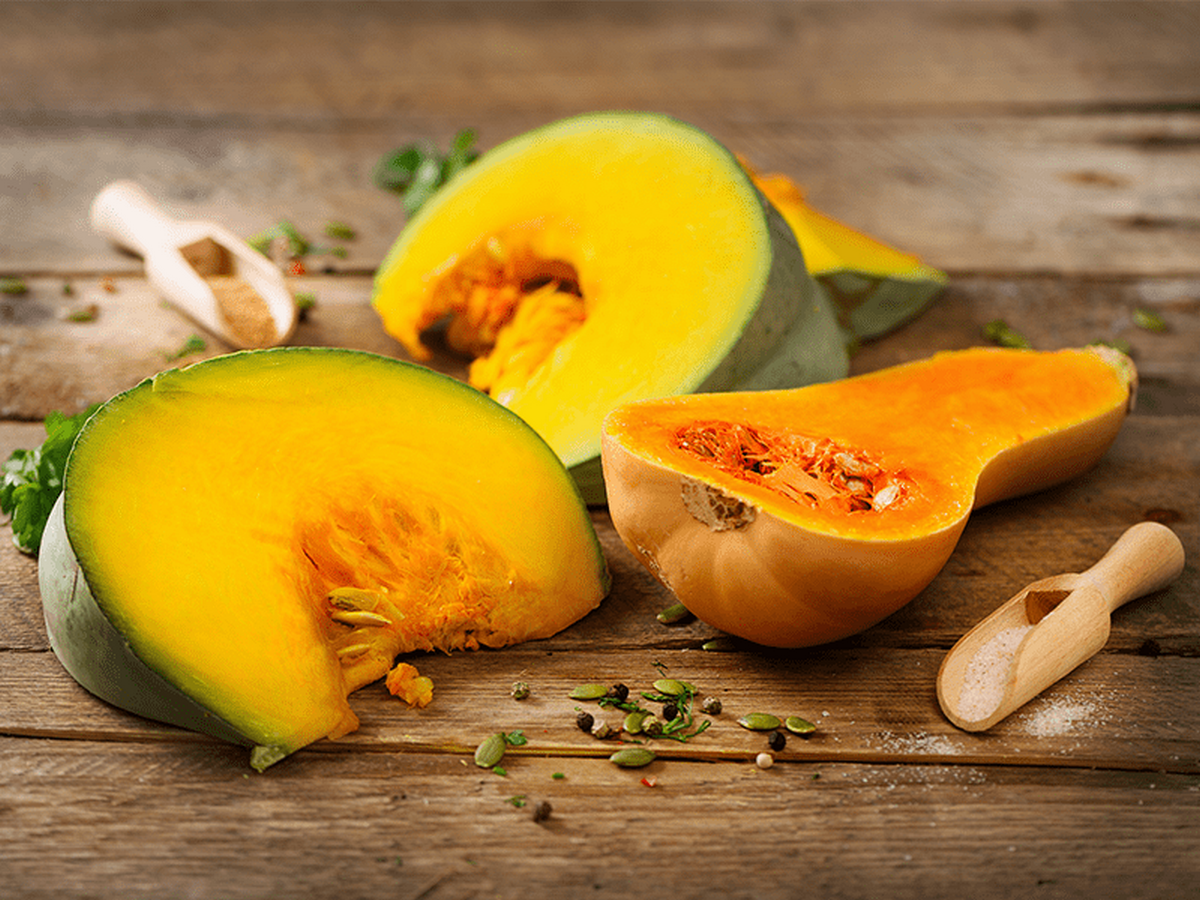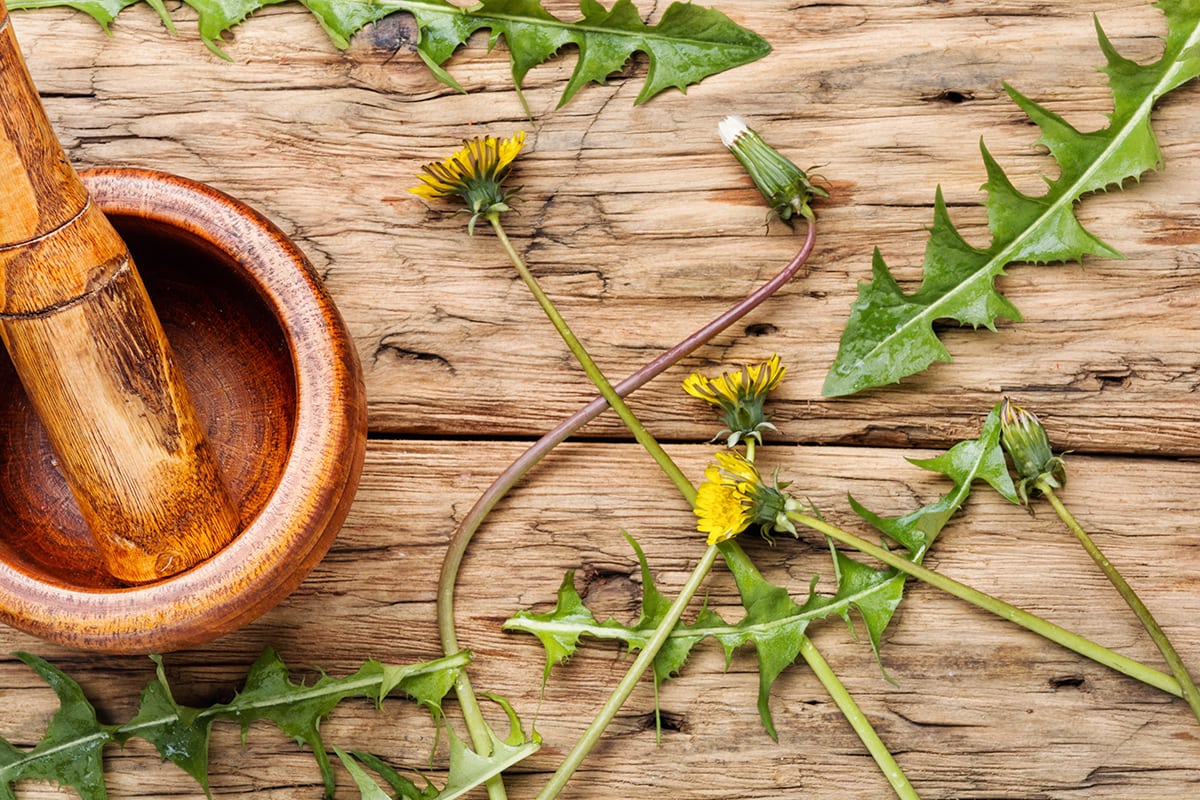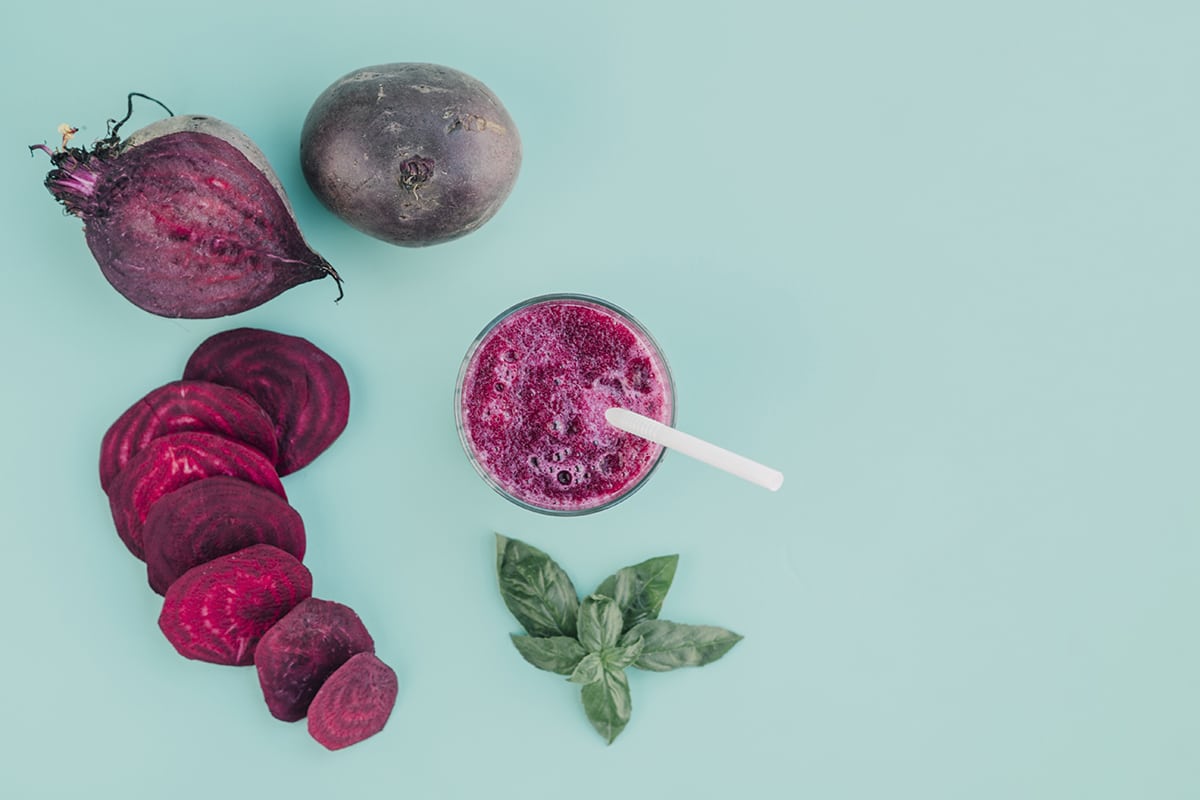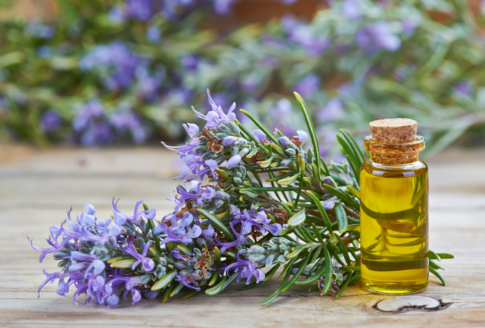Sage: an herb with important properties!

Common sage (Salvia officinalis) belongs to the mint family, along with oregano, rosemary, basil and thyme. It is often used in cooking because it flavors food, being a staple for various cuisines around the world. It has an earthy taste and is available fresh, dried and as an essential oil.
Here are some ways in which you can add sage to your diet: Sprinkle as a side dish to soups. Add chopped leaves to tomato sauce. As a spice in grilled vegetables. Dried sage can be used on meat. It is used in small quantities as it has a strong aroma.
The Salvia genus includes about 900 species worldwide, while the most common species are the Chinese (S. miltiorrhiza), the Spanish (S. lavandulaefolia) and the Greek (S. fruticial). In Greece there are at least 23 species, known as wild beef, sea buckthorn, hawthorn, bean, spaghetti, hawthorn.
The decoction of the plant has long been used to treat various diseases. The botanical name Salvia comes from the Latin “salvere” which means “heal”, which indicates healing properties. Charlemagne had ordered that it be planted in vegetable gardens and monastery gardens. The French call it Greek tea and the Chinese consider it a Greek drink, considering it the best tea.
Traditional uses of sage for health reasons include: indigestion, stomach problems, inflammation of the mouth and throat, cough and excessive sweating, including those associated with menopause. In fact, the plant has antibacterial activity against several Gram-negative or Gram-negative bacteria. It is therefore used as a natural pesticide and is added as a preservative to many food products. It acts on the central nervous system and is considered to stimulate the brain. Animal studies have shown that it lowers high blood pressure (hypertension). Antidiabetic action has also been reported but confirmation is required.
Full in antioxidants
This aromatic herb contains over 160 polyphenols (1). Chlorogenic acid, caffeic acid, rosemary acid, oleic acid and rutin are found in sage. Among the flavonoids it contains the most common are luteolin, apigenin, camphorol and quercetin. These compounds are considered beneficial to human health (2). Antioxidants can neutralize potentially harmful free radicals associated with chronic diseases.
One study found that 1 cup (240 ml) of sage decoction twice a day significantly increased the body’s antioxidant defenses. [3]
Table of Contents
Sage and oral health
Sage leaves have great antiseptic and antimicrobial properties. One of its ingredients, salvin (salvin) has antimicrobial action against Staphylococcus aureus, a common bacterium responsible for skin and upper respiratory tract infections. Other bacteria that the sage decoction seems to fight are L. monocytogenes, B. cereus, B. subtilis, and E. coli.
Its antimicrobial properties can neutralize the germs that promote dental plaque. In a clinical study involving 70 girls, a mouthwash-based mouthwash significantly reduced dental plaque germs [4]. Another study reduced the bacterium Streptococcus mutans, which is thought to be responsible for caries [5].
A study in the test tube showed sage essential oil stopped the spread of Candida albicans, a fungus that can cause mouth problems [6].
Sage and Menopause
Sage reduces hot flashes and night sweats. During menopause, a woman’s body experiences a natural decrease in estrogen and this can cause a wide range of unpleasant symptoms including hot flashes, excessive sweating, vaginal dryness and irritability. Traditionally, sage has been used to reduce the symptoms of menopause such as e.g. are hot flashes [7]. The medicinal use of the plant dates back to the early 18th century, when it was used as an antiperspirant.
The phytochemicals found in sage have similar estrogen properties, allowing them to bind to certain receptors in the brain, helping to treat hot flashes and excessive sweating[8]. In one study, daily use of a sage supplement significantly reduced the number and intensity of hot flashes for eight weeks[9].
Sage and blood sugar levels
Research in humans and animals shows that it can help lower blood sugar levels.
In one study, sage extract lowered blood glucose levels in rats with type 1 diabetes by activating a specific receptor. When this receptor is activated, it can help remove excess free fatty acids in the blood, which in turn improves insulin sensitivity [10].
A study in mice with type 2 diabetes found that sage tea acted like metformin, a drug prescribed to manage blood sugar in diabetics [11]. Sage leaf extract has been shown to lower blood sugar in mice and improve insulin sensitivity as rosiglitazone, another anti-diabetic drug [12].
However, there is not yet enough evidence to suggest sage as a cure for diabetes as more research is needed.
Sage, memory and brain health
The plants are traditionally known as brain tonic. This reputation has been around since the late 16th century, when the English herbalist John Gerard (1545-1607) argued that tea made from the leaves of the plant is good for indigestion.
In vitro and animal studies have shown that many Salvia species are effective inhibitors of the enzyme acetylcholinesterase (ACE), which is the basis of most drugs to relieve symptoms in the early stages of Alzheimer’s disease. Acetylcholine (Ach) levels appear to be reduced in Alzheimer’s disease[13]. Inhibition of the ACE enzyme leads to increased levels of acetylcholine in the brain, which leads to improved cognitive function, including memory.
In one study, 39 participants with mild to moderate Alzheimer’s disease consumed either 60 drops of sage extract (Salvia officinalis) or placebo daily for four months. Those who obtained the extract performed better on memory tests, problem solving, reasoning, and other cognitive abilities[14]. However, larger-scale clinical trials are needed.
Other possible health benefits
Sage and its phytochemicals are also linked to other potential health benefits, which, however, have not been extensively investigated. Animal studies have found that it contains compounds that can relieve diarrhea. Also, in one study, sage decoction twice a day reduced “bad” LDL cholesterol while increasing “good” HDL cholesterol after two weeks. Finally, sage is contained in cosmetics that are applied topically as a natural skin care.
Possible side effects
Many Salvia species are consumed frequently, which increases confidence in its safety. However, further confirmation of possible side effects is required, especially when consumed in higher doses. This is because there is concern about a component of common sage and other species, which is called thujone and is highly toxic neurotoxic. Sage leaf oil is rich in thujone [15]. Studies have confirmed that good quality sage essential oil has over 50% α and β-thujone although the amount varies considerably, depending on the species, harvest time and growing conditions.
Consuming extremely large amounts of sage tea or other forms of the herb for a prolonged period can cause heart problems, seizures, vomiting and kidney damage. These side effects can occur if you consume more than 3-7 grams of thujone a day but there are gaps in the knowledge required to assess the toxicity of this substance [16].
However, sage tea contains only 4-11 mg of thujone per 1 liter. A report by the European Medicines Agency recommends 6 mg of thujone from medicinal products for safe use. Other studies have found that 3-6 cups a day does not exceed the maximum allowable limit [17]. However, you should avoid swallowing sage essential oil or adding it to your tea.
Sage should not be taken with epileptic seizures, as thujone can trigger seizures. It should also probably not be consumed during pregnancy. There is some evidence that thujone may reduce the supply of breast milk during breastfeeding.
Find at Vita4you.gr a great variety in supplements with sage.
References
- Polyphenolics of Salvia–a review.
- Chronic inflammation and oxidative stress as a major cause of age-related diseases and cancer.
- Sage tea drinking improves lipid profile and antioxidant defences in humans.
- The antibacterial effect of sage extract (Salvia officinalis) mouthwash against Streptococcus mutans in dental plaque: a randomized clinical trial.
- Streptococcus mutans and oral streptococci in dental plaque.
- In vitro effects of Salvia officinalis L. essential oil on Candida albicans.
- Salvia officinalis for hot flushes: towards determination of mechanism of activity and active principles.
- A review of effective herbal medicines in controlling menopausal symptoms.
- First time proof of sage’s tolerability and efficacy in menopausal women with hot flushes.
- Activation of the nuclear receptor PPARγ by metabolites isolated from sage (Salvia officinalis L.).
- Metformin-like effect of Salvia officinalis (common sage): is it useful in diabetes prevention?.
- Preventive effects of Salvia officinalis leaf extract on insulin resistance and inflammation in a model of high fat diet-induced obesity in mice that responds to rosiglitazone.
- Salvia for dementia therapy: review of pharmacological activity and pilot tolerability clinical trial.
- Salvia officinalis extract in the treatment of patients with mild to moderate Alzheimer’s disease: a double blind, randomized and placebo-controlled trial.
- Assessment report on Salvia officinalis L., folium and Salvia officinalis L., aetheroleum.
- Thujone and thujone-containing herbal medicinal and botanical products: toxicological assessment.
- Determination of the biologically active flavour substances thujone and camphor in foods and medicines containing sage (Salvia officinalis L.).
Disclaimer
The content of this blogspot is not and can not be considered as medical advice, diagnosis or treatment. All information is provided to readers solely for informational purposes. There is no intention to substitute this content for personalized medical advice, diagnosis, prognosis or treatment.















Leave a comment